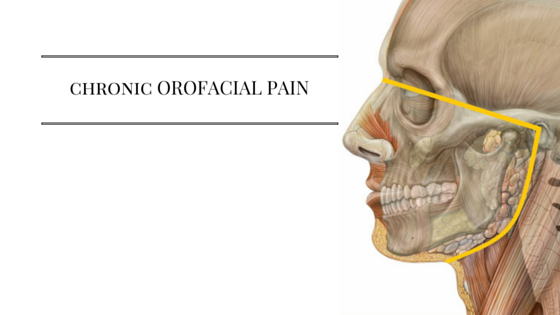On June 23, 2017, Dr. John Sarno passed away at the age of 93. A controversial figure in mind/body medicine as it relates to back pain, Dr. Sarno explored the connection between the mind, emotions and back pain. He was a truly a pioneer. He challenged his medical colleagues to consider the uncomfortable notion that the majority of back pain sufferers were in trouble not because of structural flaws in their backs, but rather a result of muscle tension.
Dr. Sarno felt strongly that back pain results from what he called TMS – Tension Myositis Syndrome – which was a direct result of “internal rage” driven by life’s conflicts, unrealized dreams, childhood traumas, uncontrolled tension stressors, and other factors that could persistently upset the brain. His theory was this: when an upset brain turns on the body’s sympathetic nervous system, the blood flow to muscles and nerves is reduced and causes mild oxygen deprivation. The result is pain in the back muscles.
An obituary in The New York Times states: “Revered by some as a saint and dismissed by others as a quack, Dr. Sarno maintained that most non-traumatic instances of chronic pain – including back pain, gastrointestinal disorders, headaches, and fibromyalgia – are physical manifestations of deep-seated psychological anxieties.”
Despite his detractors, Dr. Sarno had many supporters in the medical community who conducted research in an effort to lend science to his assertions. In a 2007 study led by University of Southern California Professor David Schechter, it was found that chronic pain subjects who underwent mind/body treatment (reading educational materials, journaling about emotions, and in more extreme cases, undergoing psychotherapy) experienced an average pain reduction of 52 percent.
Dr. Sarno and My Approach to TMD
I met Dr. Sarno a number of times and attended many of his lectures, which were open to the public. Many of the principles he embraced resonated with me when I carefully considered the population of TMD sufferers who were coming to my practice seeking pain relief.
Over the years I discovered that when a patient’s jaw and orofacial pain was not due to an identifiable trauma, major structural imbalances, or an underlying medical disorder, the patient’s problem was likely of muscle origin and due to overuse fatigue. With a bit of investigation, overuse fatigue was usually due to daytime acquired behaviors such as nail and cuticle biting, jaw muscle bracing, frequent daytime tooth contact, tooth clenching, raised shoulders, furrowed brows, tense lips, or strained fast paced chest breathing.
In reality, the same life scenarios that Dr. Sarno identified in his back pain patients were often characteristic of my TMD patients. At times these personal conflicts would also be responsible for restless and fragmented sleep and the onset of sleep bruxism activity, further adding to muscle overuse and fatigue.
What is critical to realize, however, is that by the time patients arrive at my practice looking for help, tissue injury has already occurred due to physiologic changes in the jaw and neck muscles – and sometimes the temporomandibular joints. As a result, not only is it critical to make the mind body connections, but the majority of patients we see are engaged in assistive therapies that may include exercises, physical therapy, and or injections for the compromised muscles and or Tm joints.
For unclear reasons, Dr. Sarno rejected all assistive therapies such as massage, physical therapy, acupuncture, and injection techniques. This is where he and I differ in philosophy. In the book “Doctor, Why Does My Face Still Ache?” which I co-authored with my mentor, Seymour Roistacher, DDS, we carefully outline what I think leads to compromises in the temporomandibular system and why, therefore, the use of additive therapies makes sense if healing is to be achieved.
In the process of understanding each TMD sufferer that I treat, I strongly feel that the most important question I ultimately ask is this:
“Who are you?”
It’s only then I can begin to unravel the mysteries of each patient’s persistent orofacial pain and TMJ problems.
Artwork from www.ThankYouDrSarno.org
Click here to read the 2007 University of Southern California study.









